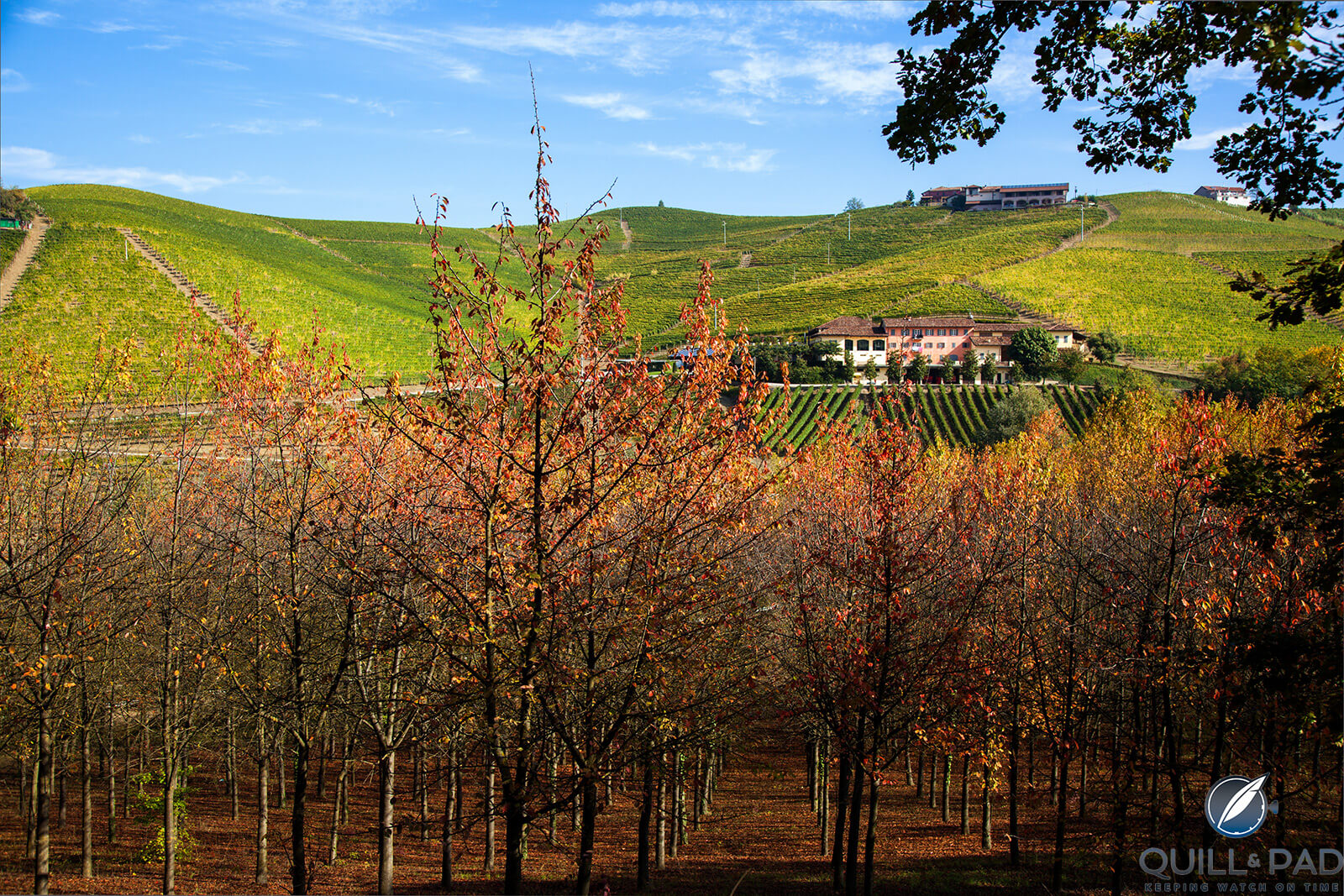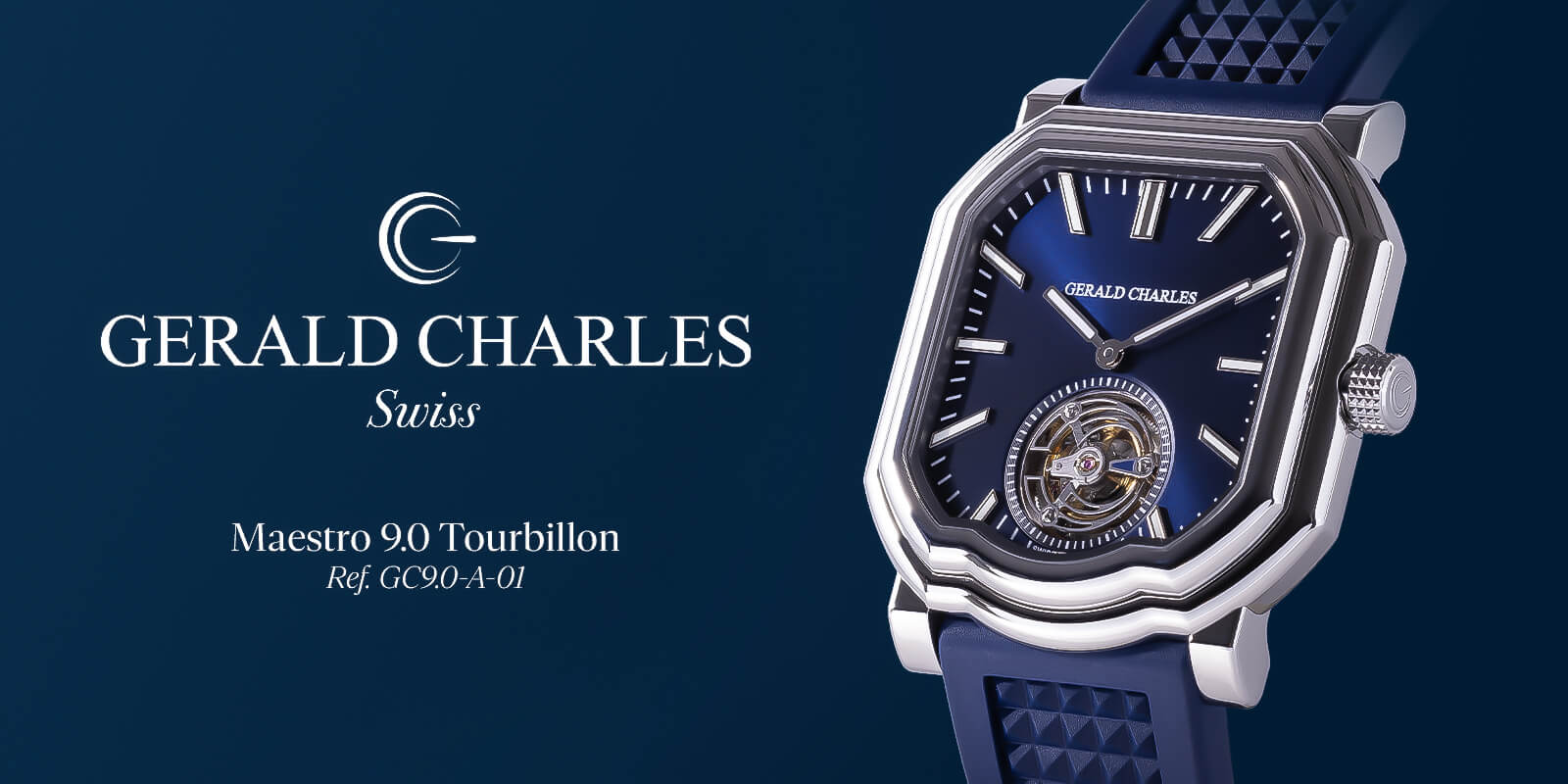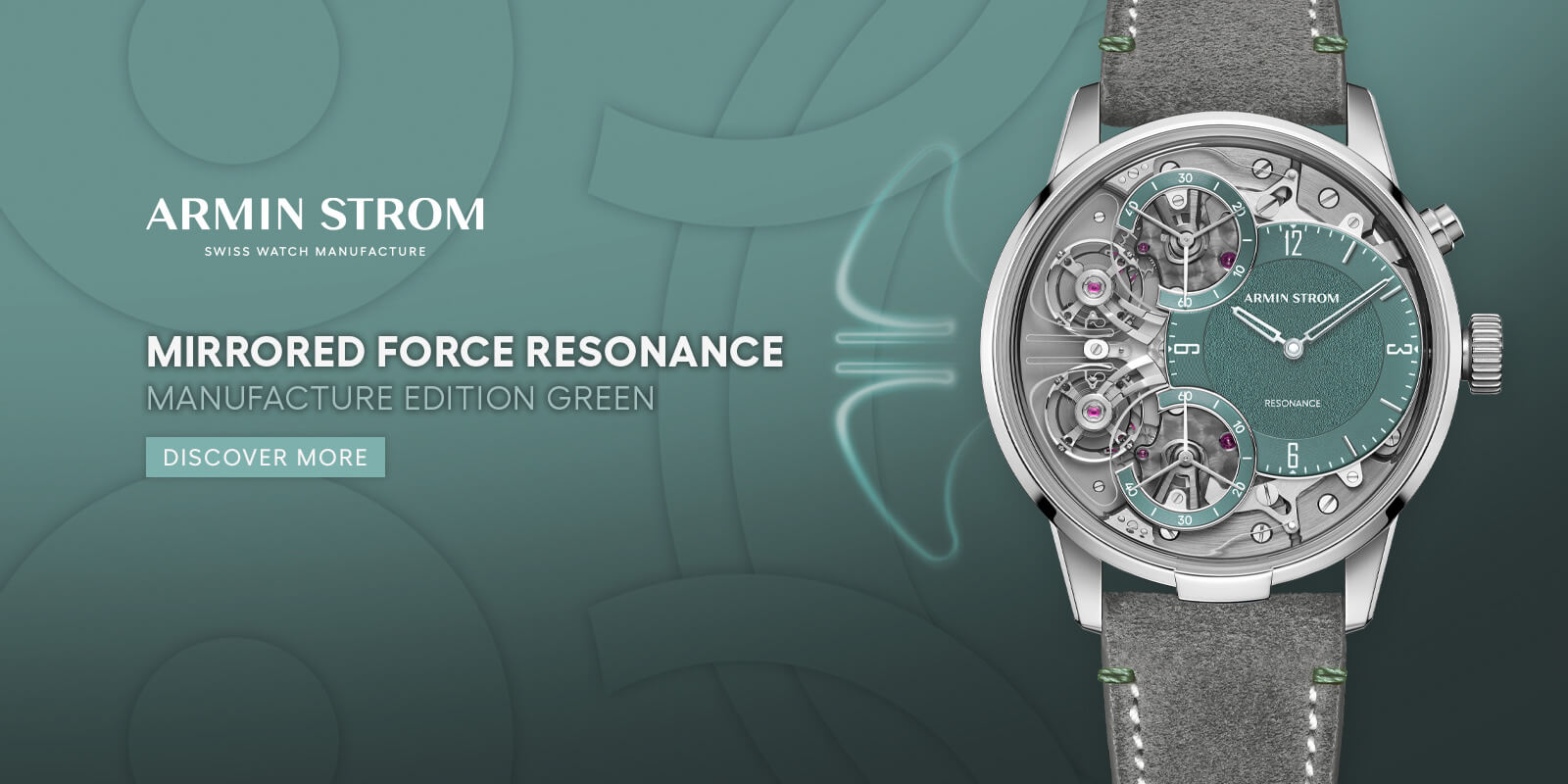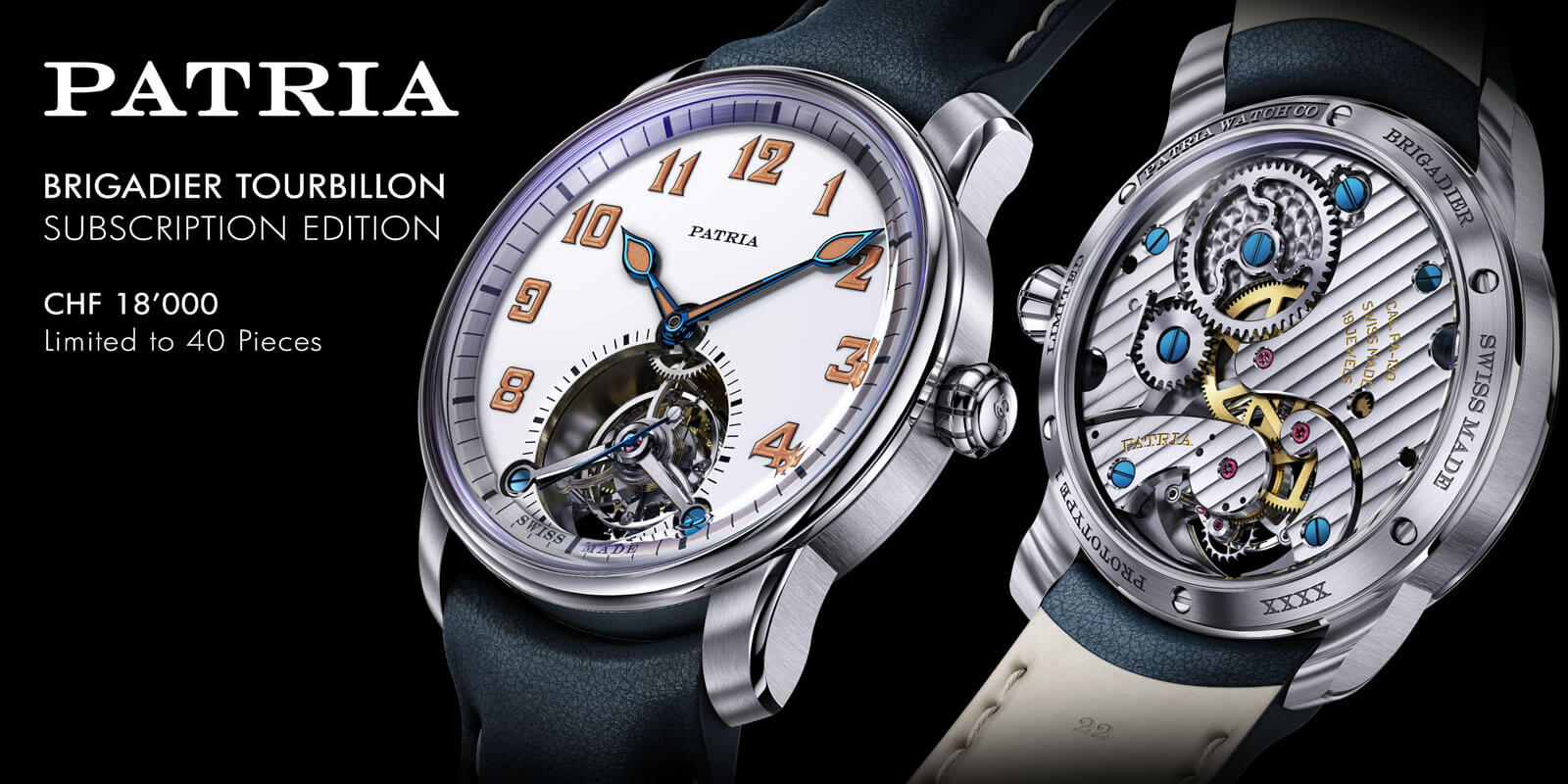Marchesi di Grésy Italian wines: Rates among Barbaresco’s Greatest Grand Crus
by Ken Gargett
Monopoles are highly desirable for wine producers in regions like Burgundy and Piedmont, but sometimes, the fact that there is only one maker in that defined district sees its wines fly under the radar.
That is not going to happen with monopoles such as the incredible Burgundians, Romanee-Conti and La Tache, perhaps the two most famous of all. Clos St Hune in Alsace and some of the great examples from Barolo such as Giacomo Conterno’s Cascina Francia, Ceretto’s Bricco Rocche, Bruno Giacosa’s Falletto, Mascarello’s Monprivato (almost) and numerous others.
To clarify, a monopole is simply a designated vineyard or climat which is fully owned by one producer. It is why you’ll never see another producer offer a La Tache, Clos St Hune or Falletto. Today, we look at one of the most famous monopoles of Barbaresco, one that has perhaps not always received the attention it deserves, even though many believe it the Grand Cru of the region.
Barbaresco – a region in Piedmont, Italy of superb reds made from the great Nebbiolo grape, but seemingly forever destined to fall in the shadow of neighboring Barolo, also in Piedmont and making brilliant reds from the Nebbiolo grape.

Marchesi di Grésy Martinenga Estate
If any producer has elevated the reputation of Barbaresco to sit alongside Barolo, it would be Angelo Gaja, but he is not alone in offering cracking wines and he does not own the monopole of which we speak.
———————————————————————————-
———————————————————————————-
The Marchesi di Grésy estate was established centuries ago, when the family acquired the Monte Aribaldo estate in Treiso in 1650, but it was in 1797 that they came into possession of the vineyards which would make them famous. In 1797, the Marquis De Abbate donated the Martinenga estate to the di Grésy family.
This monopole is now one of Barbaresco’s most highly regarded, if not the region’s greatest – for many, Barbaresco’s first Grand Cru, even if not officially designated as such. Further vineyards were incorporated into the estate in 1899, as part of a dowry.

Marchesi di Grésy Martinenga Estate
Up until 1973, the estate sold their grapes to other producers, but in that year, Alberto di Grésy created the firm of Marchesi di Grésy (to give it its full name, Tenuta Cisa Asinari Dei Marchesi di Grésy) to begin making their own wines and for the first time, the world experienced their Barbaresco Martinenga (DOCG), Martinenga Langhe (DOC) Nebbiolo and Monte Aribaldo Dolcetto D’Alba (DOC).
After a few years, in 1978, Alberto came to the realization that there were considerable differences to the Nebbiolo grown in different parts of the Martinenga vineyard. To reflect this, he released a wine called the Camp Gros Barbaresco Martinenga (DOCG). He took this further and, in 1982, produced the first Gaiun Barbaresco Martinenga (DOCG) – so, three wines from this single vineyard. Other estate wines, including Moscatos and Chardonnays, were next. Various Langhe Rosso wines followed in 1990 and 1991. In 2013, Alberto was joined in the business by his children, Alessandro and Ludovica.
2010 saw a further step forward when, for the first time, the Camp Gros Barbaresco Martinenga was released as a Riserva – since then, it is only released as a Riserva, with 2015 the latest.
As far back as 1985, Sheldon and Pauline Wasserman rated Martinenga as the ‘greatest of the Barbaresco vineyards’, in their highly regarded book, ‘Italy’s Noble Red Wines’.
———————————————————————————-
———————————————————————————-
Looking more generally at Barbaresco, it is an Italian red from the Piedmontese region, located to the east of Alba, made with Nebbiolo. It is considered to have been ‘created’ in 1894 (though the region was already using Nebbiolo to make fine reds, although most grapes were sold to the neighbouring Barolo producers), when the Cantina Sociale di Barbaresco was founded.
Domizio Cavazza, a young agronomist, joined with nine growers to establish that firm. Their first wines were called Barbaresco. Now known as the Produttori del Barbaresco, today they represent 56 growers with 100 hectares of Nebbiolo. Among the crus represented by their growers are the famous crus of Asili and Rabajá.

Marchesi di Grésy Martinenga Estate in autumn
World War I saw the region struggle and it did so until the late ‘50s. Finally, Bruno Giacosa, and especially Angelo Gaja, turned the tide. Giacosa also focused on Barolo and was the first to bottle and label single vineyard examples of both. It was not until 1982 that Giacosa bought his first vineyard, buying grapes up until that time. In 1996, he purchased plots from the Asili and Rabajá vineyards, two legendary Barbaresco sites.
Those two sites are generally considered among the region’s best and they form a sort of triangle with Martinenga bordering them to the south. They are part of the Barbaresco commune of Barbaresco (yes, a little confusing – the other three communes are less so, Naive, Treiso and San Rocco Seno d’Elvio).
The Barbaresco commune is the smallest, although has more Nebbiolo planted than any of the others, producing around 45% of all Barbaresco bottled. Within the four communes are 69 crus. The most highly regarded part of Asili is considered to be that bordering Martinenga.
The three di Grésy crus are all south or south-west facing. Gaiun is 2.3 hectares, Camp Gros is 2.6 hectares and Martinenga is 6.5 hectares.
DOCG regulations, DOCG being the highest level of Italian wine (we are not heading down the rabbit hole of IGT or MGA wines today), require that Barbaresco wines be aged for a minimum of 2 years, of which at least nine months must be in wooden barrels, prior to release.
A wine must be aged for at least four years to be considered Riserva level. The alcohol level must be a minimum of 12.5%, though is usually higher. Barbaresco received DOC status in 1966 and was elevated to DOCG in 2011.
———————————————————————————-
———————————————————————————-
Barolo tends to be firmer in its youth and must age an extra year. In general, Barbaresco will be ready a little sooner than Barolo. Production of Barbaresco is normally around a third of Barolo.
As is typical for Nebbiolo, Barbaresco wines can be a fairly light color, and very tannic in their youth, but they age impressively. Barbaresco, as a sweeping generalization, is described as being like cherries, rose petals, truffles, florals, leather, tar, animal skins, aniseed and delicatessen meats. The wines are well matched with good cheese, game, offal, rich meat dishes and offerings such as mushroom stews.
If we move to the Martinenga cru, it is 24 hectares in total (with Gaiun and Camp Gros), though not all is under vine and not all of that is Nebbiolo. In Roman times it was home to the first Roman settlement in the region, then known as Villa Martis. Its oak forests were gradually replaced with vineyards.
The soil is a mix of limestone and blue marl. Gaiun and Camp Gros sit at opposite ends of the natural amphitheater of the site. The di Grésy wines are considered to epitomize elegance, perfumes and delicacy, though everything is relative. Winemaking is in the hands of a New Zealander, Jeff Chilcott.
Barbaresco has enjoyed some stellar vintages in the last decade or so. 2010 is already legendary and few years will ever match it, but if there is one which does, it must be the stunning 2016s. 2016 is one of my all-time favorite years for Piedmont (and Tuscany, especially Brunello). Indeed, for me, 2016 may even shade 2010.
2017, I dislike as much as I like 2016 (yes, generalizations abound). I find most wines from 2017 to be chunky, clunky, overly tannic, lacking grace and offering very little by way of redemption. 2018 is an interesting one. It has some supporters but hardly overwhelming endorsement.
The Wine Spectator, for example, prefers 2017 for the region. Jancis Robinson has the ‘18s ahead. Personally, I find more elegance and balance and finer perfumes in the more recent vintage and I believe that in time, its stocks will rise. I can’t see that happening with 2017.
Both 2019 and 2020 have supporters and look to be two outstanding years. 2019 seems the more powerful, 2020 exhibiting more elegance. Time is needed to reveal their true quality.
———————————————————————————-
———————————————————————————-
If we go back past 2016, 2015 is certainly highly regarded, as are 2012 and 2013. 2010 has been mentioned. 2008 and 2004 are both stellar years and before that, there was an extraordinary run of great, if different, years – 2001 back to 1996. 1990, 1989, 1982, 1978, 1974 and 1971 are the picks from even earlier.

Marchesi di Grésy Langhe Nebbiolo 2020
Looking at some of the recent di Grésy wines, 2020 Langhe Nebbiolo is from the Martinenga vineyard. It offers attractive aromas and some depth. Fermented in stainless steel, this is aged in cement for five months.
The 2020 Barbera d’Asti is from Barbera fruit from the La Serra and Monte Colombo estates and really impressed – seamless, supple and beautifully fragrant. This wine is fermented in stainless steel and then aged for five months in older barriques and some Slavonian oak casks.
Moving to the big guns, most of which I loved. All of these will benefit with further time in the cellar before opening, if you can show the requisite patience –
Martinenga Barbaresco 2017. From a half bottle, this was, for me, the disappointment. Deep red hue with a red/brown rim, there were notes of freshly baked bread and roast meats, mushrooms, dry herbs and cherry liquor notes. It was extremely tannic, very mouthpuckering and chunky. Power yes, but it lacks charm and grace. 89.
Martinenga Barbaresco 2018 – This was a cracker. Fermentation is for eight to ten days with a floating cap, with 20 to 30 days maceration (submerged cap) and daily pumpovers. Ageing is for a year in French barriques and a subsequent year in Slavonian oak.
Pale-ish garnet. Florals, red fruits, aniseed, mushrooms, red cherries, smoked meats and undergrowth. This is finer, with more finesse, good focus and impressive balance. More approachable now than the 2017, the tannins are much more satiny. Well-structured with impressive length and direction. 10 to 15 years. 95.
Gaiun Martinenga Barbarecso 2016 ($220) – The method of winemaking here is the same as for the Martinenga, but the ageing is solely in French barriques and for 28 months.
The wine is a deep garnet in color. We have notes of leather, delicatessen meats, red fruits, dry herbs, soy, tobacco leaves and florals. There is complexity already evident here. Abundant tannins, a little firmer than with some, but it is a silky palate, nonetheless. There is a touch of smoky mushrooms here, on the palate. Good acidity, attractive balance and a lingering finish. 12 to 18 years. Really good. 94.
Camp Gros Martinenga Barbaresco Riserva 2015 ($280) – Winemaking here is similar to the other two crus, but here, the maturation in wood is a year in French barriques followed by 16 months in Slavonian oak, with a further period in the bottle to ensure regulations are met.
The wine is deep maroon with red/brown edges. It has a complex nose with notes of dry herbs, bergamot, strawberries, bay leaves, warm earth, smoked meats, truffles and much more. A balanced, intense and well-structured wine, with power and concentration. It really is already indicating how complex it will be with time. This is very much the savory style. The palate also has a tiny touch of chocolate. Fine, silky tannins, good finesse and balance throughout, with bright acidity and serious length. A superb Barbaresco. Ten to twenty years. 96.
For more information, please visit www.marchesidigresy.com/i-vini
You might also enjoy:
Soldera Wines: Sensational Italian Tuscan With A Hollywood-Worthy Backstory
Strange Laws in the World of Wine And Spirits: The Good, The Bad, and The Idiotic
Foradori: Exciting Local Grape Varieties From Trentino, Italy
Elena Penna: Old School Italian Gin And Vermouth
Masseto Super Tuscan Wine From Italy: If Not Better Than Petrus, It’s Close
Leave a Reply
Want to join the discussion?Feel free to contribute!






“Giacosa also focused on Barolo and was the first to bottle and label single vineyard examples of both.”
Not true. Prunotto under Beppe Colla bottled a Bussia Barolo and a Montestefano Barbaresco in 1961. Giacosa did not label a single vineyard Barbaresco until his Santo Stefano Riserva in 1964 and did not label a single vineyard Barolo until his Rionda Riserva in 1967.
Hi Ken.
Thanks so much for that information. Very much appreciated. I certainly was not aware. Won’t name my source but there might be one or two “Italian” experts interested in that as well.
I have tried the 1961 Gaja, just once, which was a bit special, though sadly those others remain outside my experience. I think Angelo did not start single vineyards until much later that decade?
Anyway, thanks again.
1967: First vintage of Sorì San Lorenzo
1970: First vintage of Sorì Tildìn
1978: First vintage of Costa Russi
Thanks again.